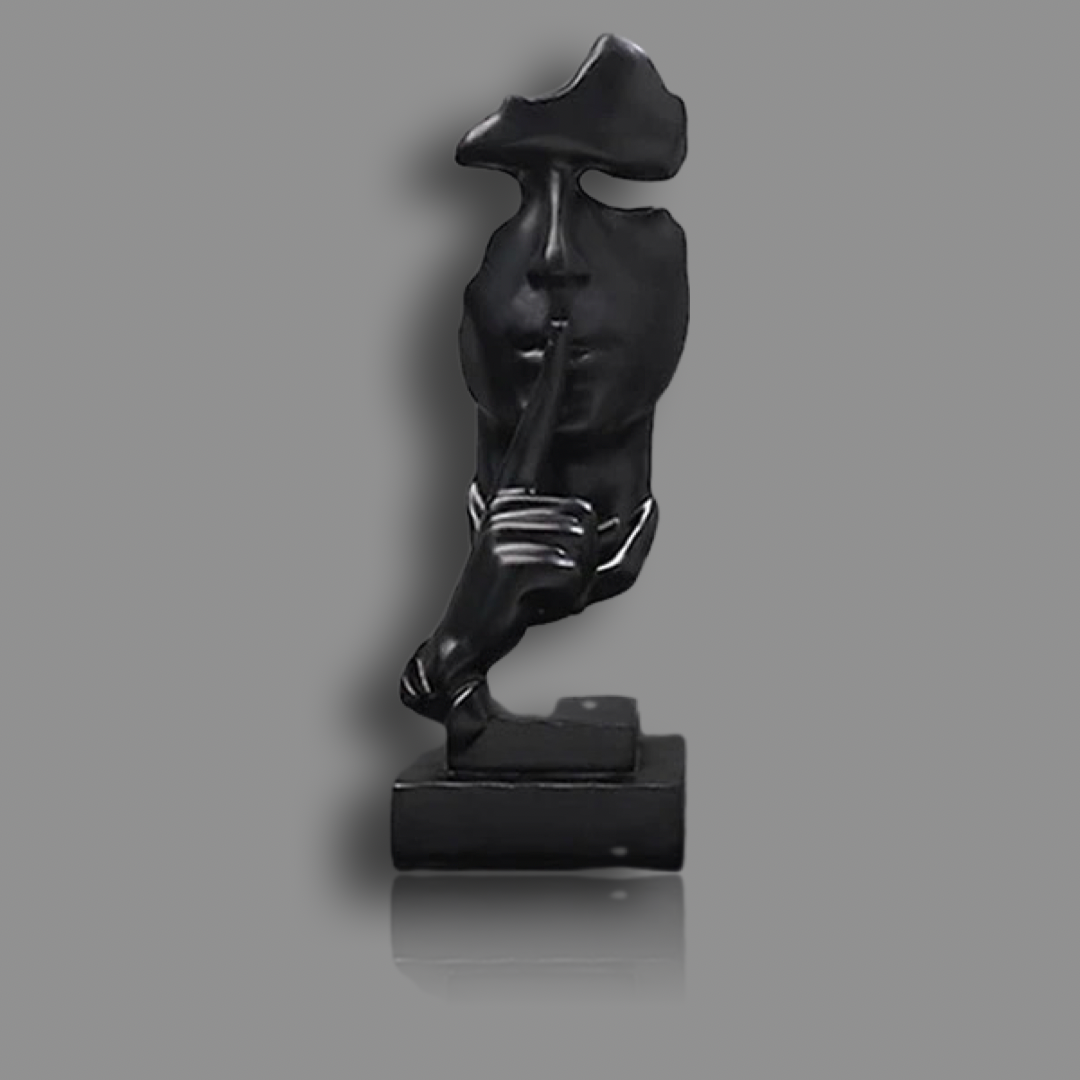Unveiling the Mystique of Venus de Milo: A Timeless Icon of Beauty
In the heart of the Louvre Museum in Paris stands a testament to classical beauty, a sculpture that has captivated the imaginations of countless admirers for centuries – the Venus de Milo. Carved from fine-grained marble, this enigmatic masterpiece has transcended time, leaving an indelible mark on art and culture.
Unraveling the Enigma
Believed to have been sculpted by Alexandros of Antioch around 100 BCE, the Venus de Milo embodies the Hellenistic aesthetic, characterized by its idealized proportions and graceful form. However, what truly sets this sculpture apart is its missing arms, which only add to its mystique and allure.
A Goddess Emerges

Venus, the Roman goddess of love and beauty, serves as the inspiration for this iconic statue. Standing at around six feet tall, she emerges from the marble with an ethereal elegance, her draped garments cascading softly around her hips. Despite the absence of her arms, her serene expression and elegant posture exude a sense of timeless grace and dignity.
Cultural Significance

Throughout history, the Venus de Milo has served as a symbol of feminine beauty and grace, revered by artists, scholars, and admirers alike. Its influence extends far beyond the realm of art, permeating popular culture and inspiring countless interpretations in literature, film, and fashion.
Interpretations and Speculations
Scholars have long debated the meaning behind the Venus de Milo's missing arms. Some speculate that they once held objects symbolic of her divinity, while others believe that their absence was intentional, representing the fleeting nature of beauty and the passage of time.
Legacy and Influence
Despite the passage of centuries, the Venus de Milo continues to captivate audiences around the world, drawing visitors from every corner of the globe to behold its timeless beauty. Its enduring legacy serves as a testament to the enduring power of art to transcend the boundaries of time and culture.
Conclusion
In a world that is constantly evolving, the Venus de Milo stands as a timeless reminder of the enduring power of beauty and the enduring legacy of the ancient world. As visitors gaze upon her graceful form, they are transported back in time, connecting with the timeless ideals of love, beauty, and divine grace that she represents. Truly, the Venus de Milo is more than just a sculpture – she is a timeless icon, a symbol of the eternal pursuit of beauty and the enduring power of art to inspire and uplift the human spirit.





